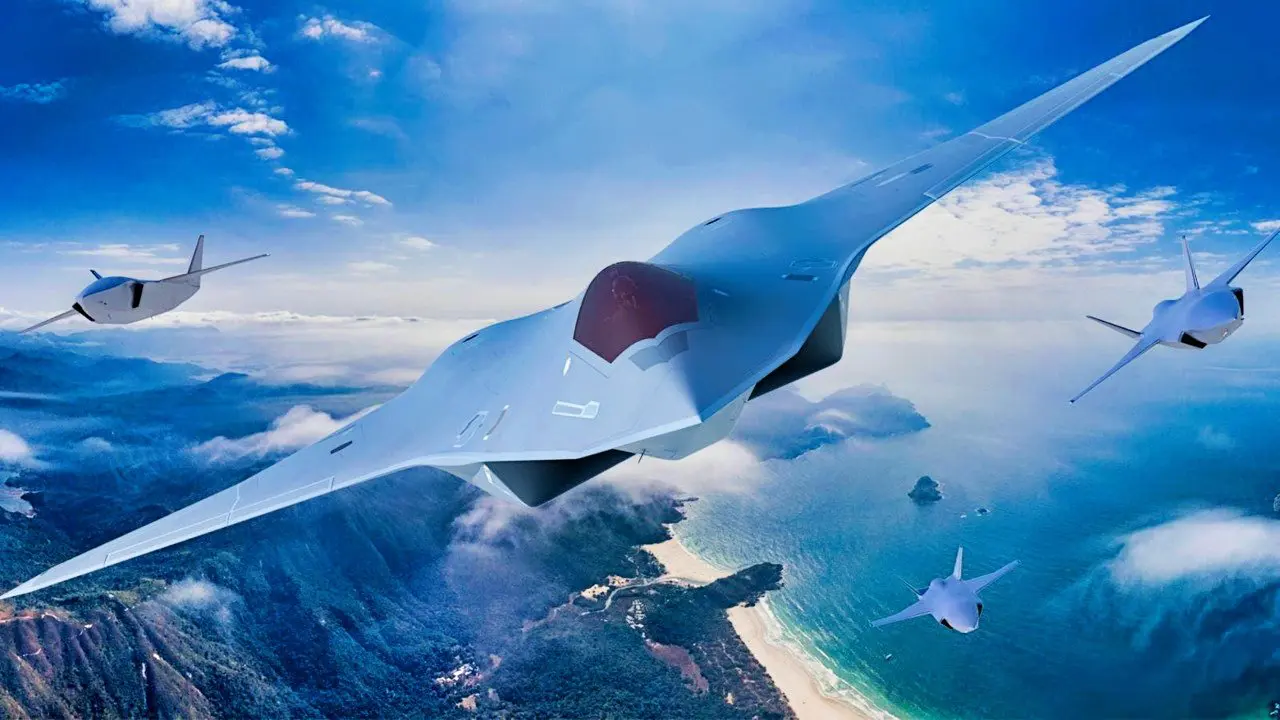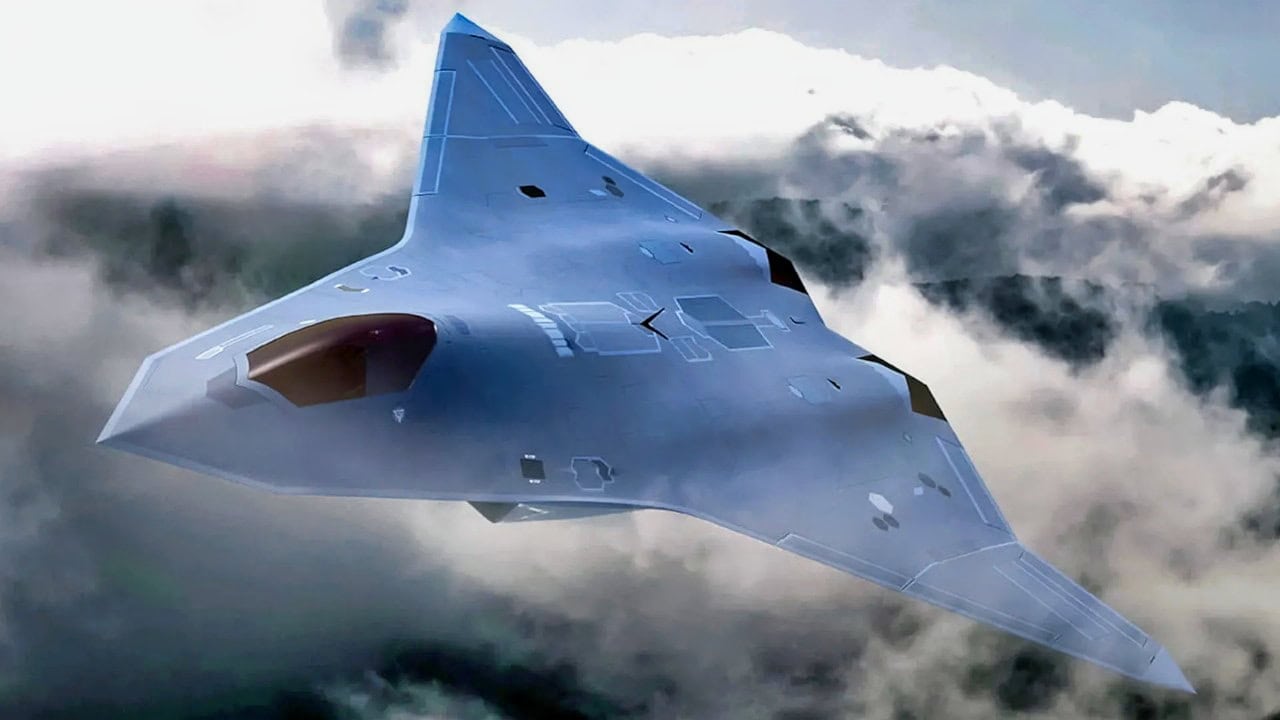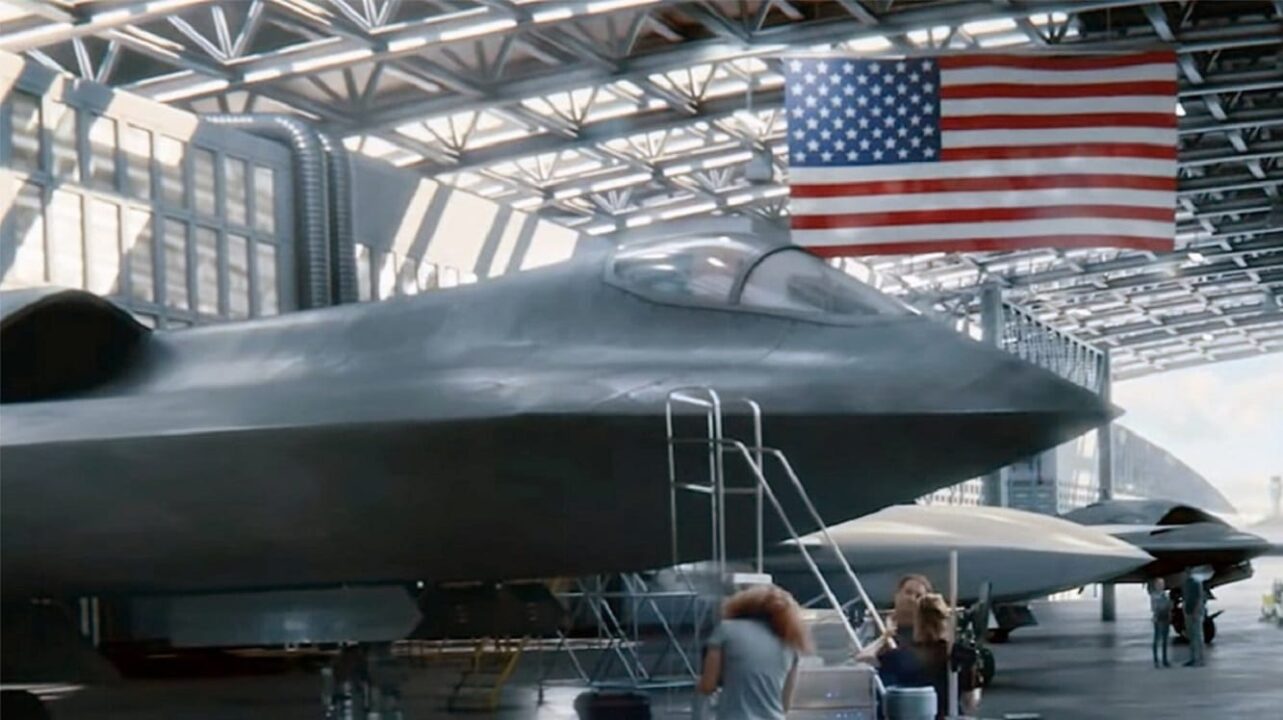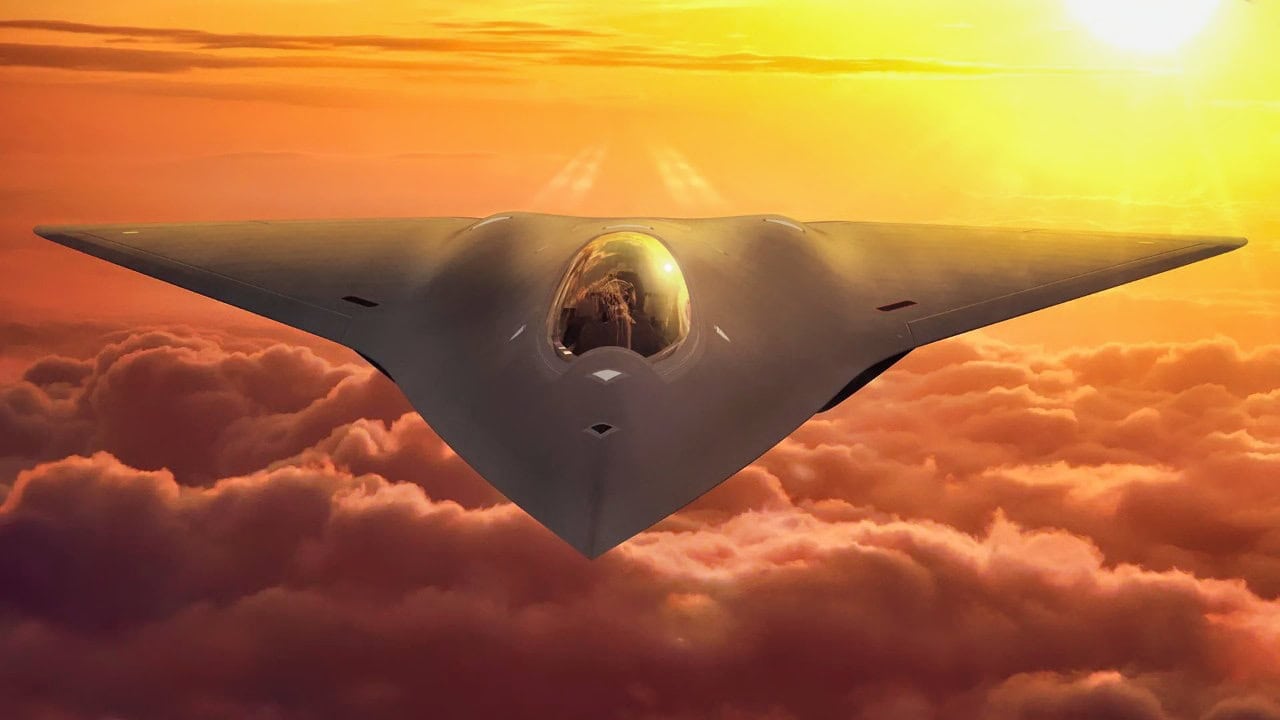F-47 vs. GCAP: More countries are joining the race to develop a sixth-generation fighter jet.
The American F-47 Next Generation Air Dominance (NGAD) fighter is getting the most attention, but China is working to introduce two sixth-generation models. France, Germany, and Spain are forging ahead with plans of their own.

NGAD fighter from U.S. Air Force.
But a consortium of the United Kingdom, Italy, and Japan might be doing the best work aside from the U.S. Air Force’s F-47, which will be manufactured by Boeing. The three countries are developing the GCAP, or the Global Combat Air Program.
Let’s take a closer look at the planned GCAP fighter jet and compare it to the future F-47 to see which airplane has the best chance to succeed.
GCAP vs. F-47 – What Is the Design of Both Airplanes?
The GCAP will have a tail-less delta-wing design. It will be propelled by twin Rolls-Royce/IHI engines. Designers and engineers believe this foundation will equip the jet to be extremely stealthy, with quality radar-absorbing coatings that will minimize its radar cross-section.
The airplane will have high levels of thermal control. Lower friction at extreme speeds will grant better agility and maneuverability.
The F-47 will have a blended body. It will also be tail-less, and it will travel at speeds of Mach 2 or Mach 3. Thrust-vectoring engines—and there are two contractors producing the engines already—will make for an extremely competent dogfighter.
Advanced components and radar-evasive coatings will increase stealthiness and reduce the fighter’s infrared signature.
Use of Artificial Intelligence
The GCAP will improve sensor fusion with an AI combat-cloud software system. It will have a so-called virtual cockpit that increases the quality of 3D imagery. AI will enable the GCAP to control loyal wingman drones to improve reconnaissance and targeting.
The F-47 will also have AI to create a digital co-pilot that will aid in weapons and radar operation. The NGAD will operate as a drone quarterback controlling a group of Collaborative Combat Aircraft (CCA). These CCAs will fly ahead for better intelligence- and surveillance-data collection.

NGAD Fighter. Image Credit: Creative Commons.
The CCA can also assist with targeting and bomb-damage assessment, all while conducting electronic-warfare duties.
Next-Generation Armaments
The GCAP will have a future METEOR missile variant for its main armament. This will be a hypersonic weapon that can travel at Mach 5, and it will be completely maneuverable in flight.
The F-47 will also be capable of firing hypersonic missiles. The NGAD may also deploy lasers, perhaps flying at near-space altitudes to destroy satellites.
The F-47 will equip next-generation air-to-air and air-to-surface missiles for dogfighting and ground strike, granting it multi-mission capability.
Cost and Schedule Outlook
The F-47 will be expensive, with cost estimates ranging up to at least $300 million per unit. This may make it difficult to add in all of the features the Air Force wants.
The service branch would like the F-47 to be in serial production by the 2030s, but Congress will be closely watching the costs.
U.S. President Donald Trump is fully behind the F-47, so there may be room for some schedule slips and cost overruns should the project run into difficulties developing the needed technologies over the next four years.

NGAD artist concept from Northrop Grumman.
The GCAP consortium is aiming for a technology demonstrator to fly in 2027, and its partners also aim for the aircraft to be in service by 2035. This timeline will take into consideration the engines, sensors, stealthiness, and weapons.
The GCAP is ambitious, and there could also be delays and cost overruns for this advanced warbird.
Which Airplane Is Winning the Race?
The F-47 may be further along in development, since the Air Force chose a single prime contractor. The engine will be done soon. However, the aircraft program was placed on operational pause last year. After reviewing the potential, the Trump administration is now enthusiastic about the project.
The GCAP’s timeline is more ambitious. A prototype could fly in the next two years. The price is still being estimated. The GCAP may have quality artificial intelligence onboard, and its design could lead to better stealthiness than the F-47.
Both airplanes are exciting. They will both be needed to keep up with China’s sixth-generation fighter development. Chinese President Xi Jinping’s air force is working on two models, doubling the chance that the Middle Kingdom could win the sixth-generation race.
But the GCAP consortium and Boeing will employ some of the best engineers and designers in the world. The heat is on for all participants, and we will be watching the race to field the world’s first sixth-generation fighter.
About the Author: Dr. Brent M. Eastwood
Brent M. Eastwood, PhD is the author of Don’t Turn Your Back On the World: a Conservative Foreign Policy and Humans, Machines, and Data: Future Trends in Warfare plus two other books. Brent was the founder and CEO of a tech firm that predicted world events using artificial intelligence. He served as a legislative fellow for U.S. Senator Tim Scott and advised the senator on defense and foreign policy issues. He has taught at American University, George Washington University, and George Mason University. Brent is a former U.S. Army Infantry officer. He can be followed on X @BMEastwood.

